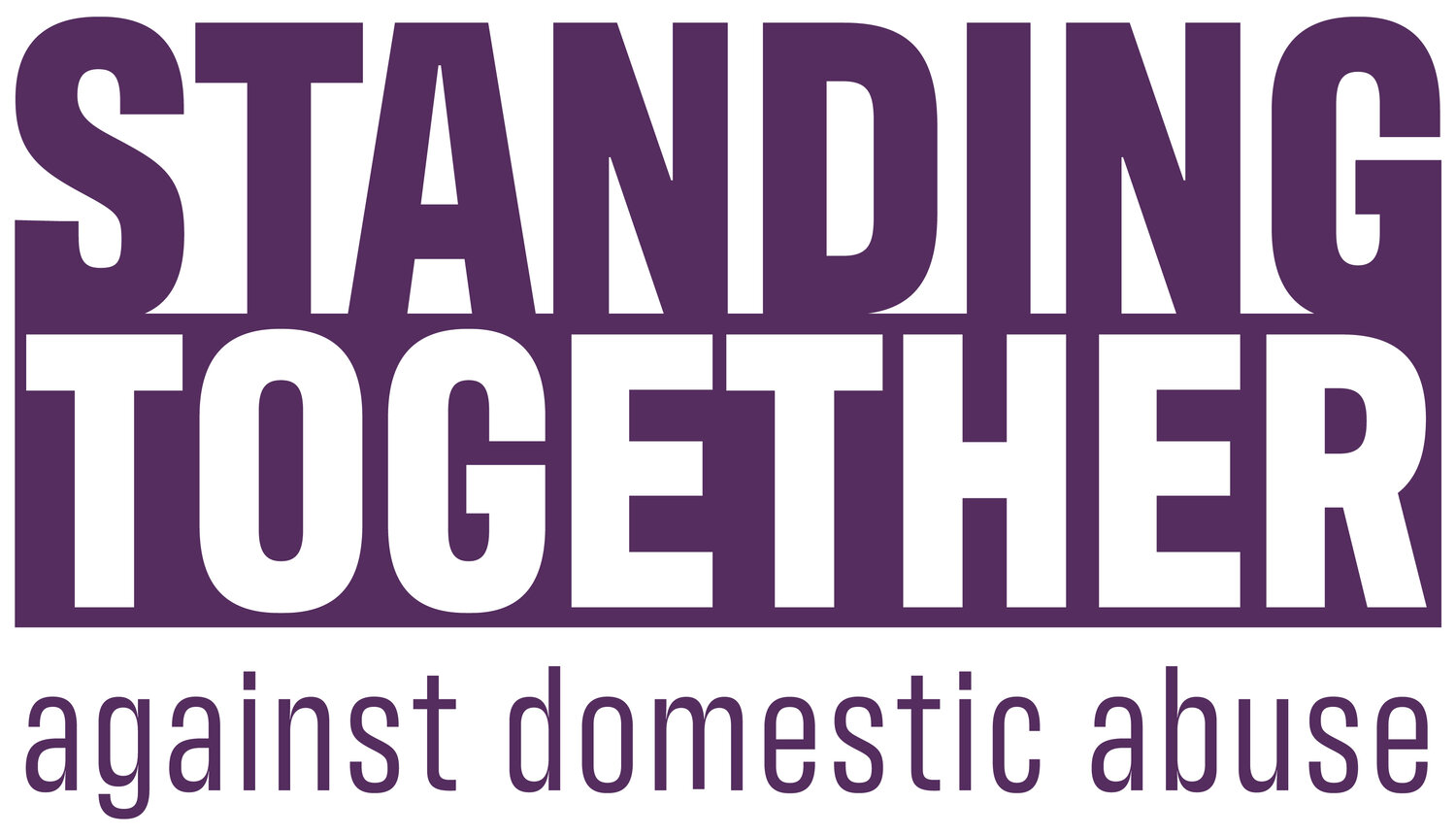Driving Change: STADA's Response to the Ministry of Justice's Sentencing Review 2024/2025
The upcoming review of the Sentencing Guidelines by the Ministry of Justice represents a critical opportunity to address persistent gaps in how the Criminal Justice System responds to domestic abuse and violence against women and girls (VAWG).
Behind every statistic is a survivor whose safety, recovery, and future depend on a justice system that understands the complexities of abuse and prioritises their protection. While legislative advancements such as the Domestic Abuse Act (2021) and increased sentencing for VAWG-related offences mark progress, the enduring rise in cases highlights that the current sentencing model is not adequately addressing the root causes or impacts of abuse.
The Need for Reform
Violent crimes against women and girls have risen by 37% since 2018, with 1.7 million women in England and Wales experiencing domestic abuse annually. However, underreporting remains a significant issue. Changes to police recording rules, which focus solely on the main offence, risk further obscuring the prevalence of domestic abuse and diminishing our understanding of the true scale of harm.
Sentencing trends also reflect concerning gaps:
Custodial sentences have risen by 25% across all offences over the last five years, while community sentences have dropped by 19.5%.
Despite longer sentences, domestic abuse reoffending rates remain high. For instance, initial reoffending rates among high-risk individuals are as high as 98%.
This demonstrates that while punitive measures address punishment and public protection, they fall short in achieving long-term deterrence and rehabilitation.
Recommendations for Action
Standing Together Against Domestic Abuse urges the Ministry of Justice to seize this moment to reform sentencing practices to better address VAWG-related offences. Key recommendations include:
Expand the Purposes of Sentencing
Incorporate survivor safety and well-being as central to sentencing decisions, alongside punishment, protection, deterrence, and rehabilitation.
Ensure that sentencing reflects a survivor-centred approach, prioritising outcomes that reduce harm and prevent re-victimisation.
Invest in Holistic Rehabilitation
Scale up evidence-based behaviour change programmes, such as DRIVE, which have demonstrated a significant reduction in reoffending rates—from 98% to 36%.
Embed disruption strategies and ongoing risk management as part of sentencing requirements.
Strengthen Multi-Agency Collaboration
Implement a coordinated community response (CCR) model that ensures cross-agency involvement in risk assessment, case management, and survivor support.
Safeguard Accurate Reporting
Revisit police recording practices to ensure that all domestic abuse-related offences are documented, maintaining a clear picture of prevalence and trends.
Secure Sustainable Funding
Allocate adequate resources to support survivor services, implement behaviour change programmes, and sustain long-term systemic change.
A Call to Action
Standing Together calls on the Ministry of Justice to act decisively. Survivors cannot afford further delays in reforming sentencing practices to address the scale and severity of domestic abuse and VAWG-related offences.
Cherryl Henry-Leach, CEO of Standing Together Against Domestic Abuse, stated:
"The Sentencing Review is a pivotal moment for transformative change. For far too long, survivors have been left navigating a justice system that fails to protect and support suffering abuse. By focusing on the prevention, rehabilitation of perpetrators alongside survivor-centred outcomes, we can create a system that not only holds offenders accountable but actively works to end abuse. This is a once-in-a-generation opportunity to reshape sentencing to save lives and rebuild futures."
We stand ready to collaborate with policymakers, law enforcement, and sector partners to ensure that these reforms lead to meaningful, lasting change. Together, we can create a justice system that not only punishes perpetrators but also prioritises survivor safety, reduces reoffending, and builds safer communities for all.
